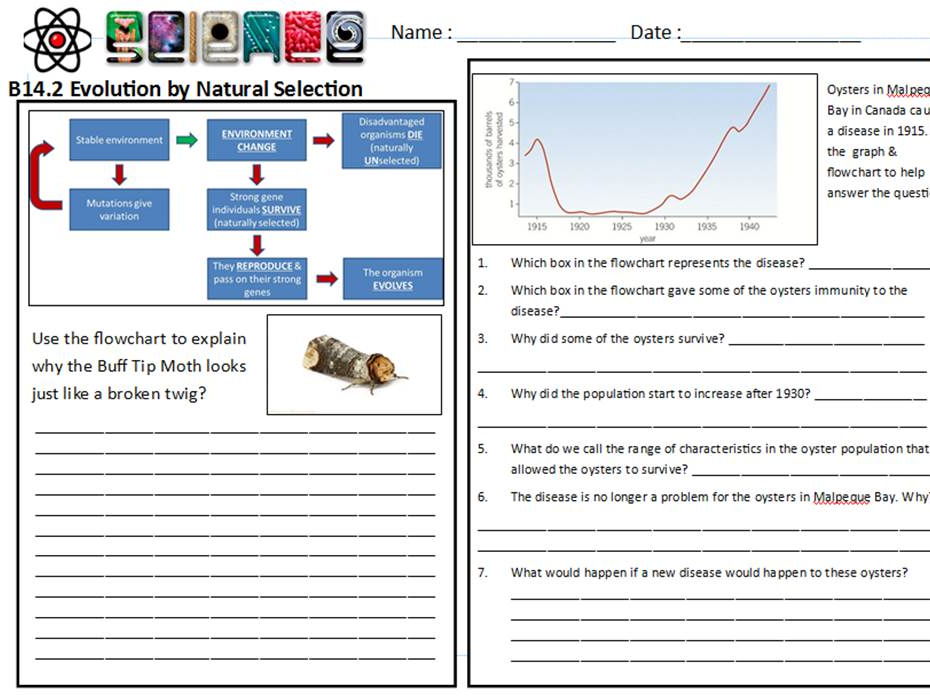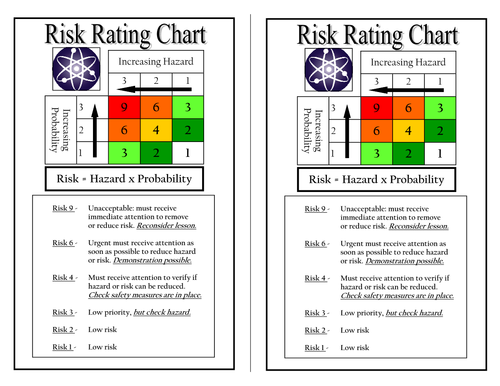Harret's Shop
I am a science teacher in Liverpool and have been head of department and senior leadership. I have put resources on here that I know will be beneficial to both individual teachers and middle managers. I'm aware of the time constraints and the resources are to reduce workload as well as inform.






















